Lacrosse Zone Defense: The Complete Guide
By Coach Damon
Last updated: June 4, 2018
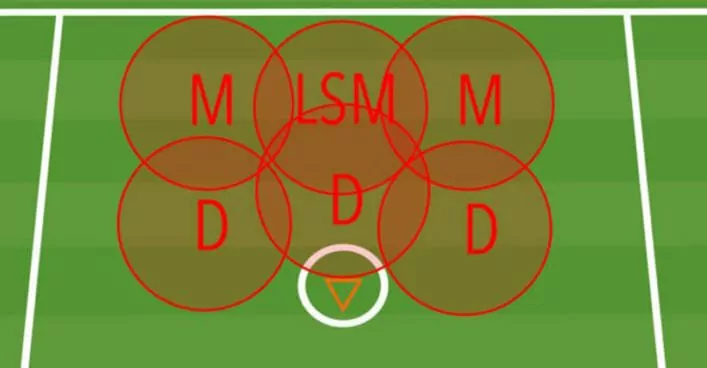
As a goalie its vital that you have a complete understanding of how team lacrosse defense should be played.
That way in the heat of battle you can help command the troops to organize a successful defense stand.
Awhile back I covered the basics of a man-on-man team defense and today I want to cover the basics of a zone defense.
Zone defense in lacrosse is different from man-to-man defense in that, instead of guarding a particular player, each zone defender is responsible for guarding an area of the field, or “zone”, and any offensive player that comes into that area. Zone defenders move their position on the field in relationship to where the ball moves.
While lacrosse man-to-man defense is certainly the most common and the style initially taught at the youth levels, a properly executed zone defense in lax can be very effective in limiting what an offense can do. It can also serve as a change of pace or surprise to your opponent who might not be expecting or prepared for this defensive strategy.
Here we go. The basics of a lacrosse team zone defense.
First let’s cover a few reasons why a team might employ a zone defense.
Control the Tempo / Slow down the opposing offense
If you’re up against a real powerful offense, you’ll want to slow them down. A zone defense is a great method to accomplish that as it can really dictate the tempo.
You’ll notice that offenses going up against a well executed zone defense typically have much longer possessions as they don’t see any immediate opportunities and are content to pass it around the perimeter.
You simply can’t beat a zone defense with 1 pass or 1 dodge like you can a man-on-man defense. Beating the zone requires multiple passes.
A good zone defense can dictate how fast the game is played.
Want a faster tempo? Play more aggressive trapping zone. Want to slow the game down? Play a patient, packed-in zone with no traps.
You’re the less athletic team
If your team is outmatched physically, meaning the other squad simply has better athletes, then you might consider employing a zone defense.
Instead of seeing their 1×1 match ups that athletic offenses can exploit, the zone defense offers more built in help and protection.
Zone defense covers up slower defenders and can be used to counter an offense with fast, quick scorers. Additionally, a zone can eliminate penetration by encouraging quick double teams on the perimeter and packing the defense in.
It definitely helps your zone defense if you have athletic players, don’t get me wrong, however I believe less athletic players can do better in a zone defense compared to a man-to-man that leaves the individuals more exposed.
You have a hot goalie
When executed properly, the zone defense shuts down the opposing team’s inside game.
If your team has a great goalie who can suck up the outside shots, or even a mediocre goalie who is having a great day, many teams will pack in the zone and limit the opposing team to outside shots that they feel the goalie can save.
Just like a well run basketball zone defense requires teams to make 3 pointers, a well run lacrosse zone defense requires teams to take outside shots from 12+ yards out.
If your goalie is hot, you can pack in the zone even tighter which makes the zone more effective.
If your goalie cannot consistently save those outside shots, the zone defense will fail.
Surprise the other team
If your team primarily runs a man-to-man defense, your opponents will be expecting to face a man-to-man defense. Implementing a zone defense can be a fantastic change-up to confuse your opponents.
Since zone defenses are a little more rare teams might be thrown off a little when they go up against a zone. They might lack an offensive set that can adequately break down a zone defense and create good scoring opportunities.
How often do offensives practice going up against a zone defense? Probably not as much as man-to-man sets.
Other teams lacks outside shooters
In a zone defense your team is going to be content to pack in it and give up the outside shot. That’s why a zone defense really requires a good goalie – that was a point already mentioned above.
But a zone defense can also be effective if the other team doesn’t really have any shooters that can rip top ched.
In this case, your team is content to give up those outside shots with high confidence that the goalie can absorb them.
Regardless of which variation of a lacrosse zone defense your team is running there some general rules that apply to all types of lacrosse zone defenses.
Before we get into the particulars of the zone, I want to share with you these six crucial aspects of an effective zone. Keep these in mind while you’re reading through the rest of the article.
Implementing a zone defense is difficult, so be sure your team is following these rules during practice as you perfect your zone.
No Ball Watching!
Easily the #1 mistake in lacrosse zone defense is ball watching.
Where all 6 defenders have their eyes fixed on the ball and do not see cutters or screens in their area of the zone.
Teams need to rely on their goalie’s communication to know where the ball is.
Defender’s heads should be on a swivel looking for defenders in their part of the zone and communicating with their teammates on how to handle it.
To avoid ball watching a good rule of thumb is 2 seconds looking at ball carrier, 2 seconds head on swivel watching your zone.
A offensive player should NOT be able to run through your zone without you getting a stick on them.
Especially close to the goal.
Of course you cannot check them hard unless the pass is within five yards but you can always put your stick on their gloves with a check to let them know they’re covered and discourage a feed. I’ve never seen a penalty called for this.
If one teammate cannot get this concept of no ball watching and fails to see threats as they come into their zone, then the zone defense will fail.
Sticks in the passing lanes
Great passing is an easy way to beat the zone defense. If teams are able to effectively make passes through the zone, they’re going to get great opportunities to score.
The defense must keep their sticks up and in the passing lanes to the inside of the field (facing the crease) at all times to discourage passes inside and to get interceptions or deflections.
As a goalie be sure to remind your defense “STICKS UP” to close off those passing lanes and eliminate the skip pass.
Always in your defensive stance
Every member of the defense should be in their defensive stance at all times during the zone defense.
Being in an athletic stance makes it easier to react when a pass is made or attackman cuts into your area of the zone.
As a coach it pains me when I see a defender in the zone standing straight up knees locked. Not in an athletic stance and not ready to react.
Everyone must move on the “rotate” call
As we’ll discuss below sometimes the zone must rotate.
It’s key when the “ROTATE” call is made that everyone moves together.
When the defense fails to rotate together or one player rotates in the wrong direction, goals are certainly the results. So its crucial that everyone moves together on the rotate call – assuming you’re apart of the rotations that is.
Bungee Principle
For the purposes of moving together as a unit I often tell defenseman to imagine an imaginary bungee cord that runs from the center of their waist to just above the crease.
When the ball is in their zone, they extend out and stretch the bungee, putting pressure on the ball carrier. When the ball leaves their zone, the bungee cord pulls them back to the area above the crease.
This concepts helps defenders understand the need to extend out when the ball is in their zone and then recover and provide backside help when the ball is not in their zone.
Everyone must communicate
Communication is critical to every lacrosse defense and that includes the zone.
Players must communicate screens, cutters, bumping, who’s got the player with the ball, and most importantly ‘passing responsibility’ for a ball carrier or cutter as he moves from one zone to another.
All great zone defenses require great communication.
No layups
This may seem like an obvious point but its worth mentioning. In the zone defense we do not allow attackman to get easy goals on the door step.
In this defense we attempt to prevent the offense from getting inside at all.
We do everything we can to force the offense to settle for a 12-15 yard shot and we’re placing the faith in our goalkeeper that he/she will save those.
Now that you understand some basic principles of zone defense, let’s dig into 2 different types of zones that I’ve seen lacrosse teams frequently use.
While most posts apply to both male and female goalies this part will be biased towards the men’s game since that’s the zone I understand. If a female coaches wants to explain the intricacies of zone defense in the women’s game, please get in touch with me.
Even though these are frequently used zones there’s still so many variations even within the same zone defense. Hence the reason I’m calling this a basic review of zone defenses. Your team might run a slight variation compared to what I’ve described it below.
3-3 Zone
The 3-3 is probably the most common zone defense you’ll find. The basic setup of a 3-3 zone splits the field in 6 zones or quadrants, 3 up top and 3 down below.
There’s a few options for placements of the short stick middies – top left/top right; top center/bottom center; or back left/back right. The placement of the short stick middies is typically determined by the personnel you have and the personnel your opponent has.
In this example short stick middies occupy the top left and top right spots of the zone:

The zones of the back left and back right defenders probably extend a little lower below GLE than my diagram illustrates but you get the idea. Each defender has responsibility for their zone.
Each defender also provides adjacent help. To defend sweeps, as the ball carrier passes through zones the defensive players will yell “SWITCH” and pass responsibility.
In this clip of Virginia’s defense watch how defenders pass responsibility of the ball carrier as he passes through the different zones. After switching the original defender then retreats to be in good position in his zone. There’s no audio but we can assume they’re yelling “SWITCH” or whatever their designated defensive term is for that situation.
Virginia’s zone defense is also a great example of the bungie principle as defender press out to cover the ball carrier and then recover back towards the crease when the ball moves out of their zone.
If and when a defender gets beat, we slide to provide help – same as man-to-man defense. Also same as man-to-man defense, you CANNOT get beat topside. Defenders should always shade dodgers down the alley and not allow themselves to get beat over the top.
Like man-to-man defense there are different slide packages that teams use. The slide package our team utilized in the zone defense was rotation.
The adjacent defender served as the 1st slide and then everyone else rotates.
In the example below the offense is in a 2-3-1 setup. If the middie up top attempts to penetrate the movement looks like this:

Here’s what is happening there:
- The adjacent defender is the 1st slide to stop the ball
- If there is a crease attackman, the middle defender stays put to defense the crease
- Everyone else rotates
- Optional: With no crease attackman, you could do a full rotation where everyone on defense rotates.
Checkout Bryant University’s 3-3 zone in action:
Backer Zone
The next type of zone we’ll look at is called a “Backer Zone”.
In this zone, the 4 long poles each take responsibility for a zone or quadrant. These 4 zones can overlap.

In a typical backer zone one short stick will serve as the “backer” who is always the slide. The other short stick locks off either the crease attackman or the offense’s star player.
So if the offense is setup in a 1-3-2 set, the defense might look like this:

M1 serves as the backer and ready to slide as soon as the offense attempts to make penetration. M1 is th slide regardless of where the ball is. Middie M2 is locking off the crease attackman.
When the “rotate” call is made only the 4 defensemen rotate. The 2 interior middies stay put.
A key benefit of the backer zone is that long sticks are always pressuring the ball. This takes away the offensive’s ability to dodge against a shortie.
Even though I’ve already mentioned this is, it’s worth repeating. You cannot ball watch! If D man watches the ball, an attackman will slip into a space in their zone and be wide open for a shot or direct dodge to the cage.
As a variation of the backer zone, M2 instead of locking off the crease man could lock off the offense’s star player. Then the D man furthest from the ball would assume responsibility for keeping a stick on the crease man and preventing an inside feed.
There are plenty of other zone strategies apart from the 3-3 and the Backer Zone but these are most common I’ve seen when a team employs a zone defense.
A properly executed zone defense with a hot goalie can cause a lot of upsets in the sport of lacrosse.
The University of Virginia rode that combination of zone D and a star goalie Adam Ghitelman all the way to a national championship in 2011.
Personally I think all kids and teams should develop their man-to-man defensive skills first before learning the zone defense. Even in the zone defense many man-to-man principles still apply.
The great majority of offenses must be initiated by winning the first 1v1 confrontation and a defender who can get good at defending an individual on and off-ball will make themselves extremely valuable to the team.
However if your team is looking to implement a zone defense than review this post to learn the basics of successfully installing a zone.
Until next time! Coach Damon
Any other variations of the zone defense your team runs? Or any questions on how to run a zone defense? Let know in the comments.








 14 Amazing Lacrosse Goalie DrillsAug. 1, 2024
14 Amazing Lacrosse Goalie DrillsAug. 1, 2024 Quick Guide To Lacrosse Slang TermsApril 14, 2025
Quick Guide To Lacrosse Slang TermsApril 14, 2025 Lacrosse Goalies Rules To KnowJune 28, 2022
Lacrosse Goalies Rules To KnowJune 28, 2022 Lacrosse Goalie Step-by-Step Guide to Getting RecruitedFebruary 6, 2022
Lacrosse Goalie Step-by-Step Guide to Getting RecruitedFebruary 6, 2022 18 Lacrosse Goalie Drills to Improve Your GameApril 24, 2025
18 Lacrosse Goalie Drills to Improve Your GameApril 24, 2025 7 Elements of a Great Lacrosse Goalie StanceAug. 1, 2020
7 Elements of a Great Lacrosse Goalie StanceAug. 1, 2020 12 Lacrosse Goalie Tips To Take Your Game to the Next LevelSeptember 10, 2024
12 Lacrosse Goalie Tips To Take Your Game to the Next LevelSeptember 10, 2024 STX Eclipse 3 Goalie Head ReviewApril 24, 2025
STX Eclipse 3 Goalie Head ReviewApril 24, 2025 Lacrosse Goalie WorkoutAug. 12, 2019
Lacrosse Goalie WorkoutAug. 12, 2019 The Basics of Making a SaveJune 29, 2021
The Basics of Making a SaveJune 29, 2021


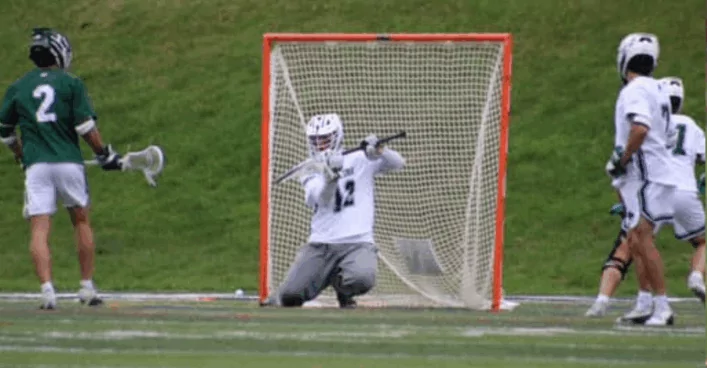
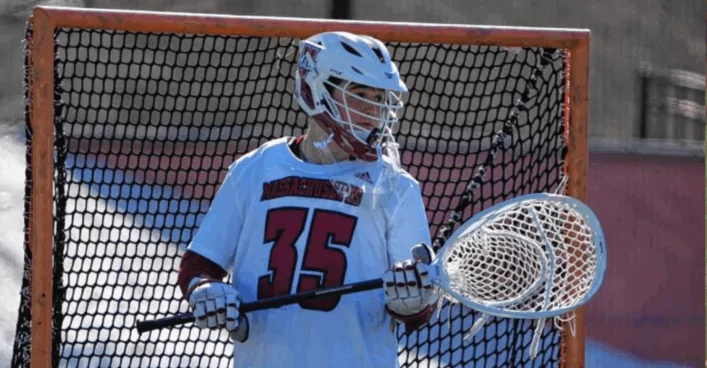
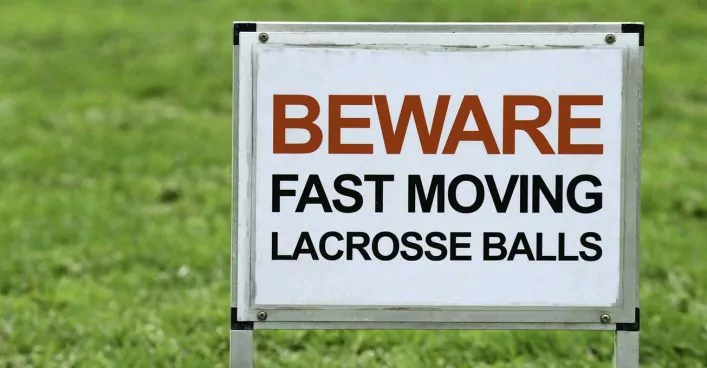
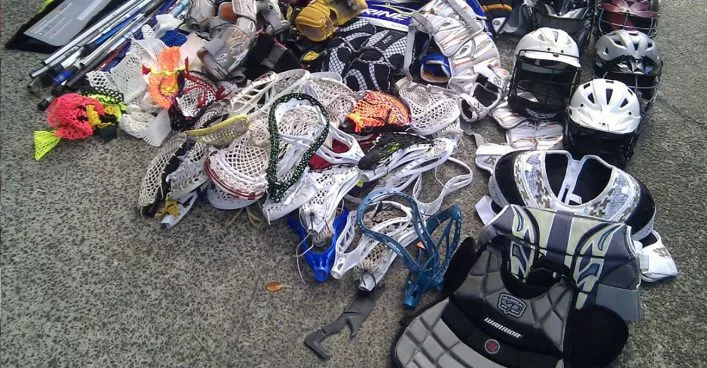

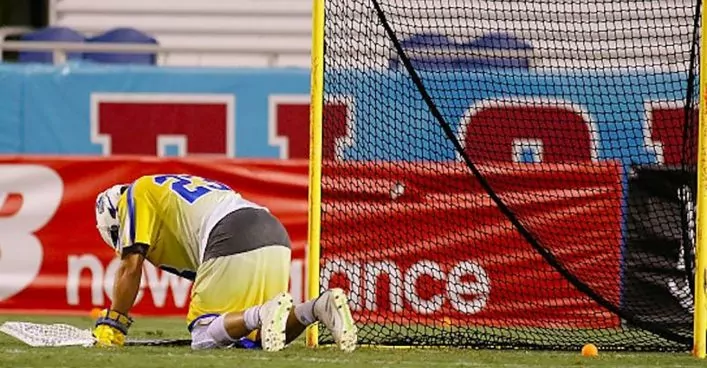
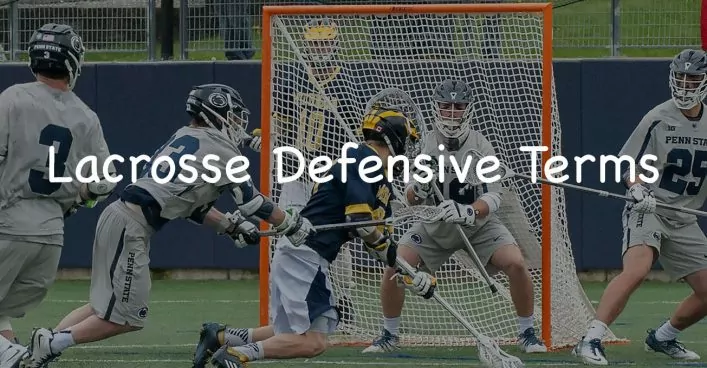
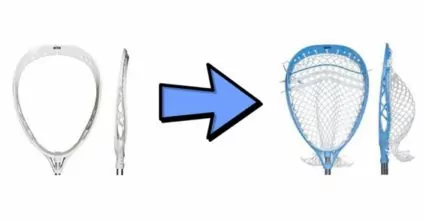

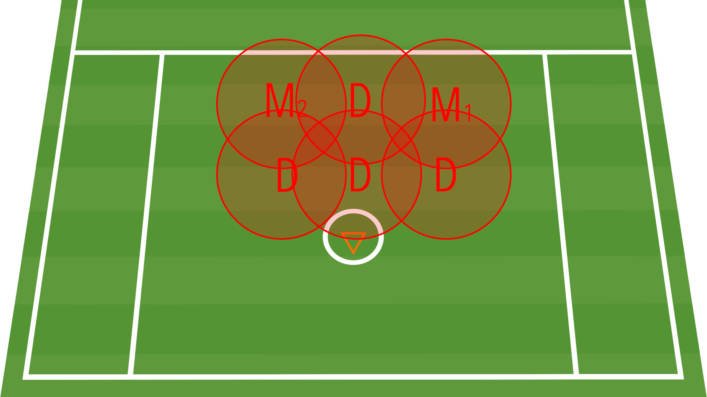
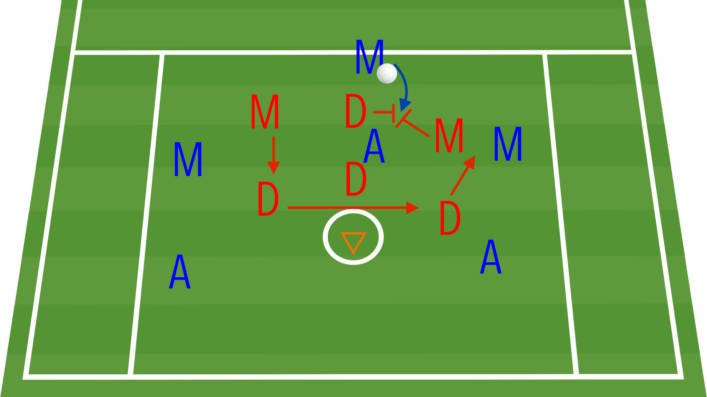
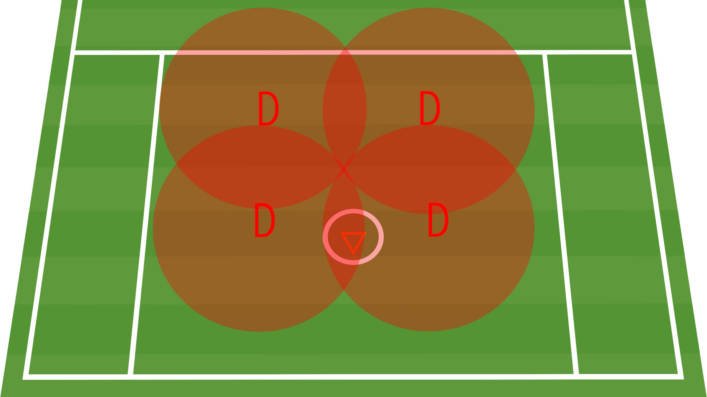
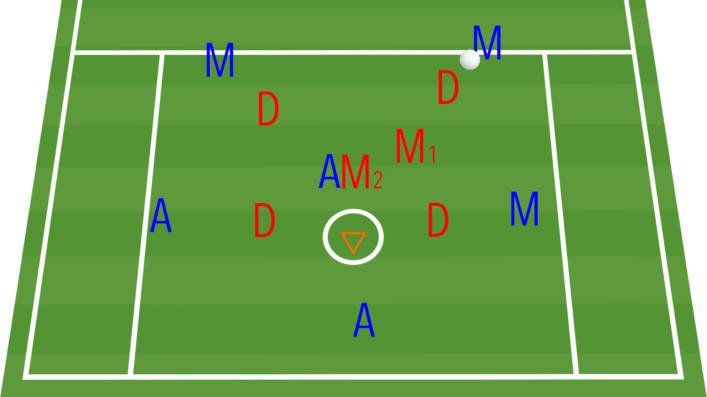




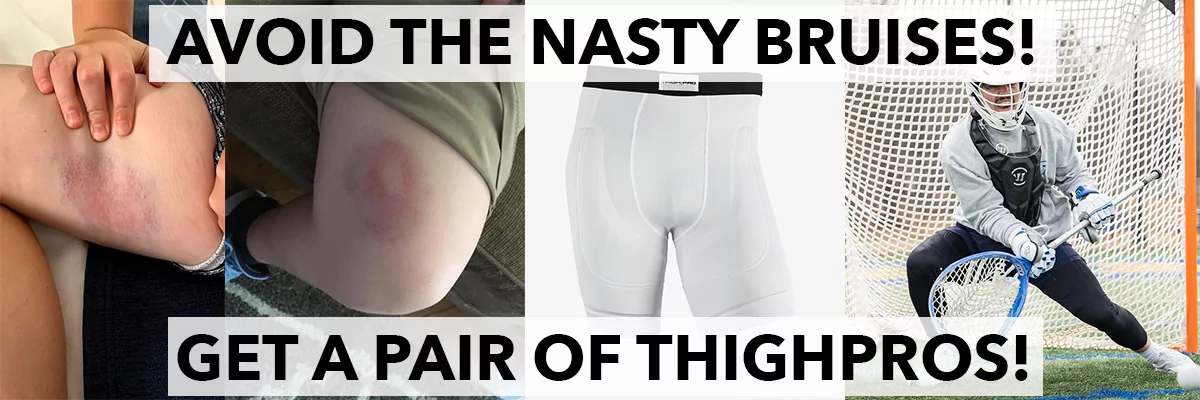

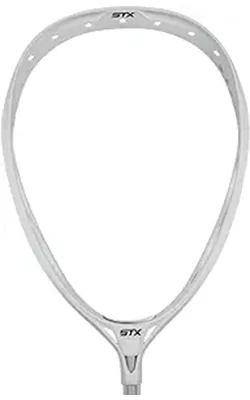

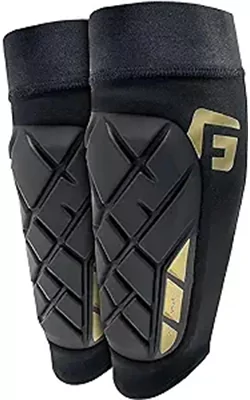
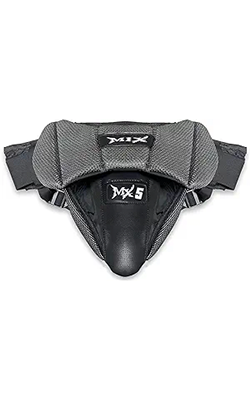


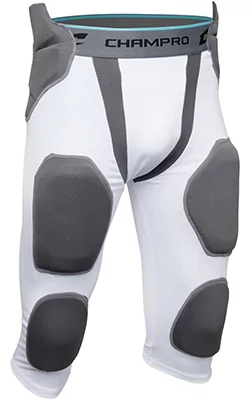

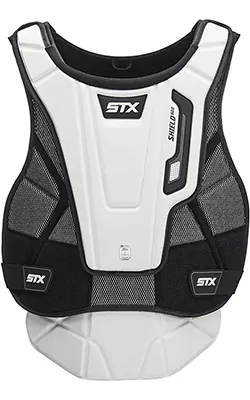











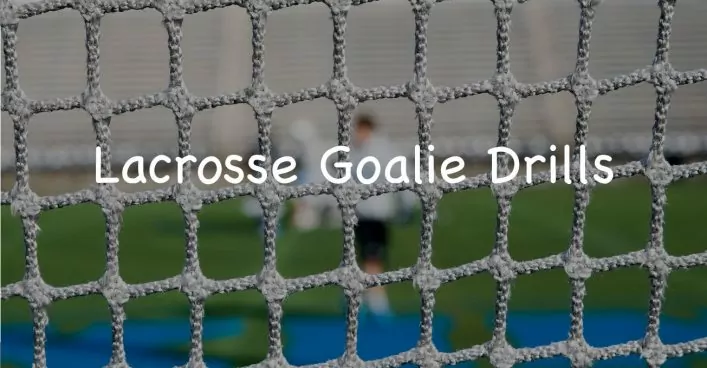
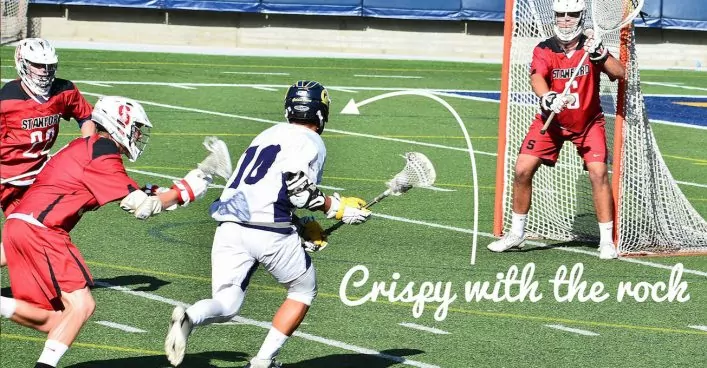
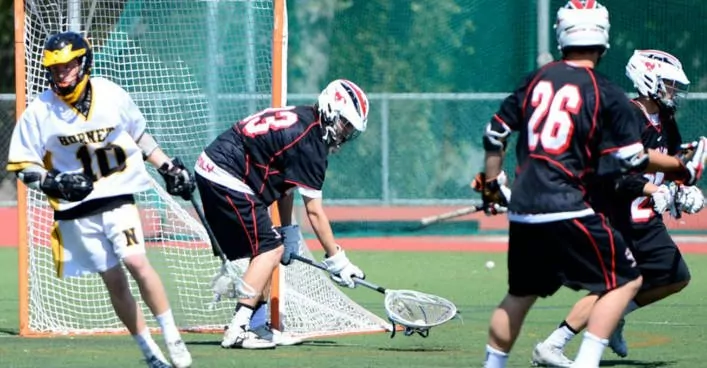
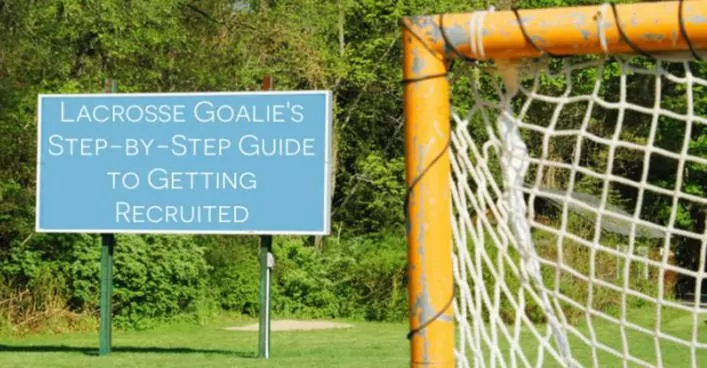

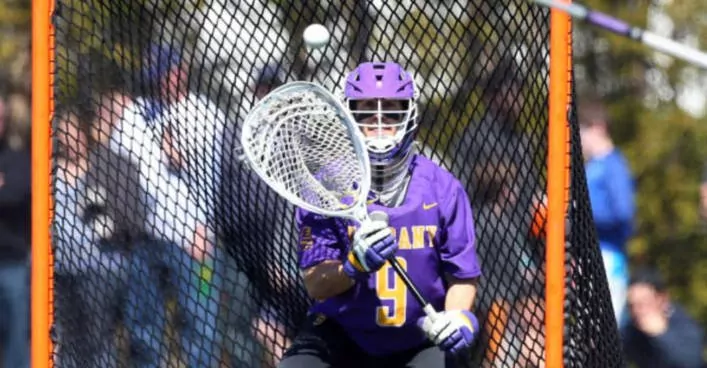

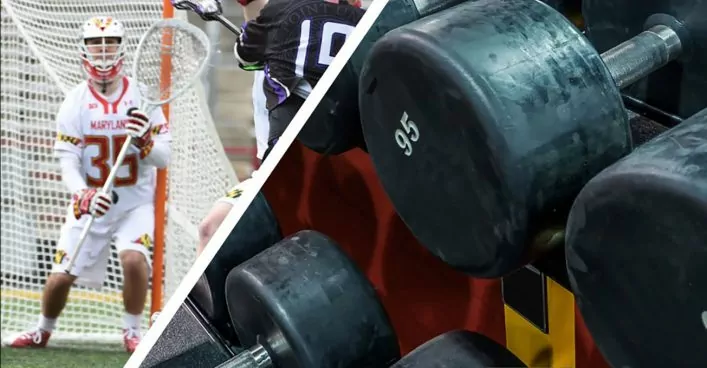
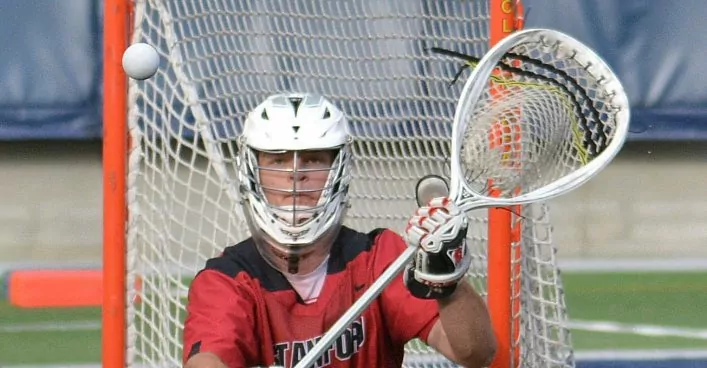
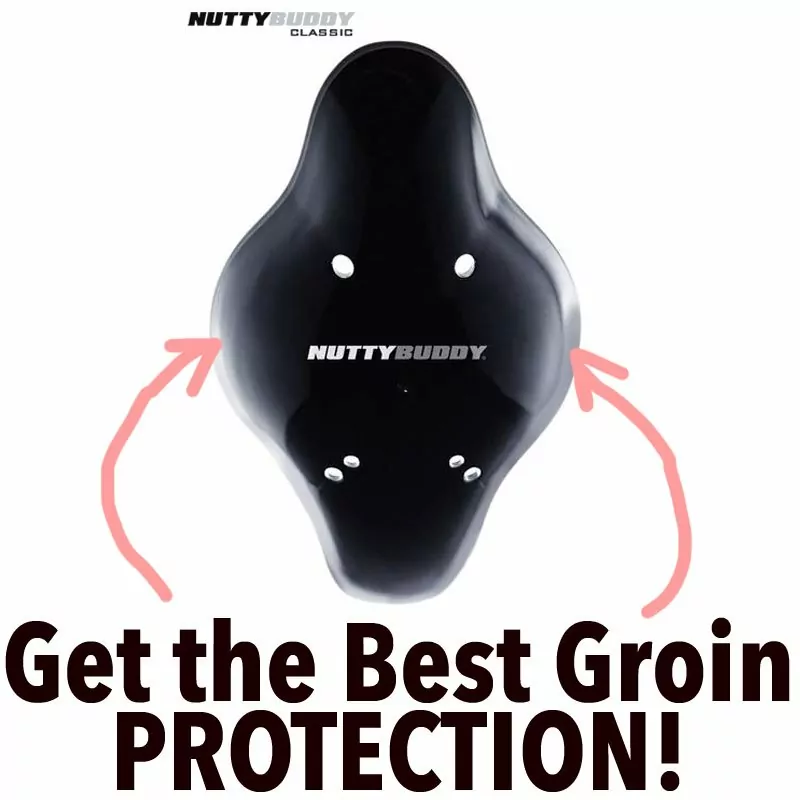


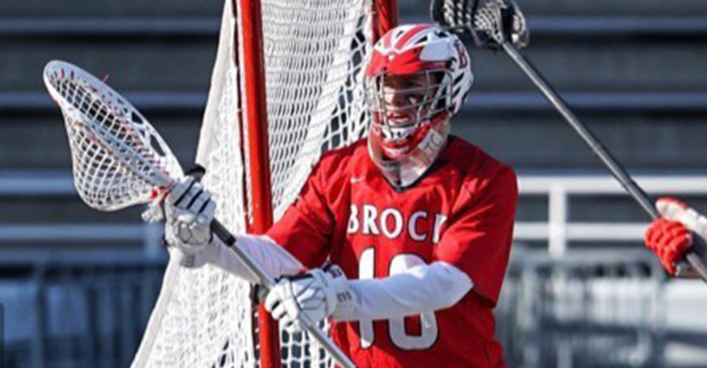
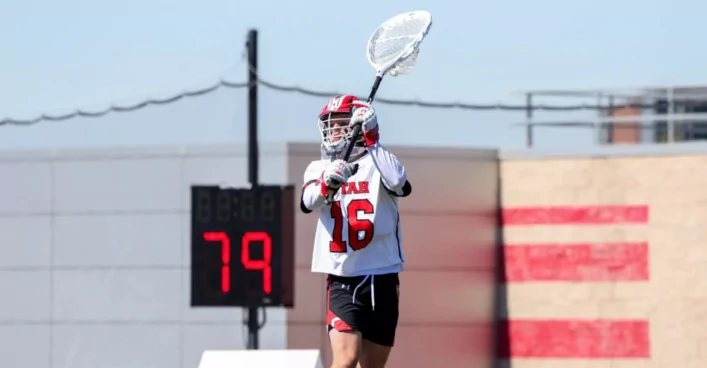

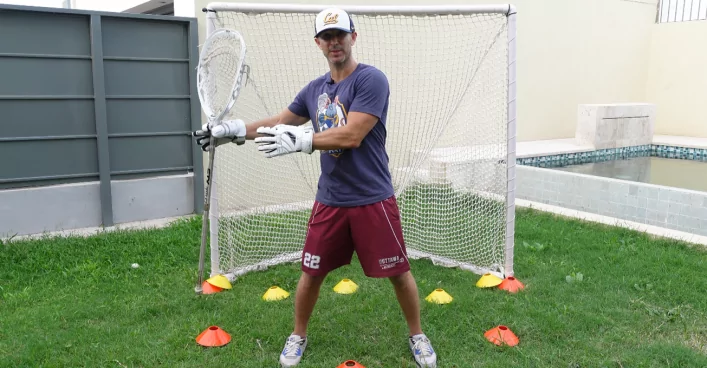

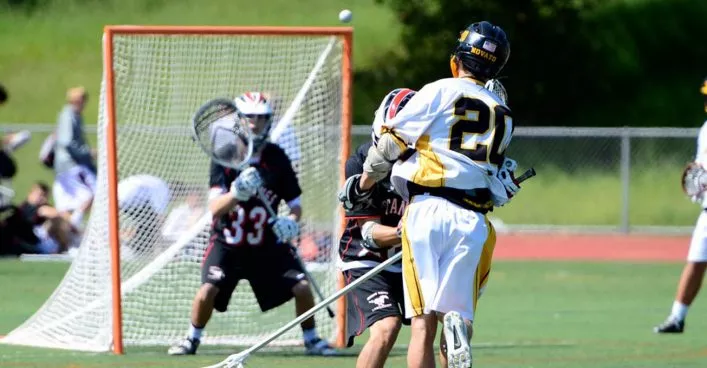









Great stuff as always, Coach!
Thank Will! I appreciate that.
Coach,
Although I do appreciate learning man to man play, considering about half tp 2/3rds of most youth lacrosse is played man up/man down, learning zone first covers all aspects of the game.
Also, I have found that players develop their Lax IQ quicker in a zone-heavy scheme as they need to be aware of ball and cutters in their responsibility and learn to communicate to cover on slides and rotations.
I’ve been running it for 4 years after man-based system for 3. I have given up on man as I’ve seen more confident and higher IQ players develop over time.
In high school and college, where the athletic skills are more even, man is a viable choice, but for the reasons you mentioned as well as what I’ve seen/experienced, I’ll take a zone scheme any day.
Keep up the great work!
Hi coach does this defense also work for girls lax. Thanks!
I’m not a girls lax expert but yes I believe they do. I know the backer zone is a very common zone D in the women’s game.
These zone priciples are very applicable to the girls game and I coached a lot of zone for years with my daughter’s team to compensate for the athletic inequalities we faced. The primary concern for any girls defense is avoiding slides from the crease to the top of the 8 because this will result in shooting space violations. Your quick footed defenders can defend from top left to middle to top right and slide lateral (adjacent help) to help while the low defenders play more crease lock off and presure the ball at X to prevent easy feeds to the cutters. The other thing to watch is girls standing in the 8 as they must be marked on a player within a stick length if they stand in the 8 or it will become a 3 second violation. I hope this helps. I too found that my girls’ lacrosse IQ and confidence was improved when they learned to execute a strong zone defense. We may not have won any championships but we routinely held great teams to half the goals they were used to scoring and had fun doing it!
That’s good to know! Thanks for adding that Ryan. Haven’t coached much women’s lacrosse myself so wasn’t sure if this is how zone defense was run.
Great article and very informative for me a new youth lacrosse coach. I can now see clearly what I’ve been trying to implement from my basketball coaching experience to lacrosse. This will definitely help my players understand.
Thanks coach,
Thanks Mark! I’m glad this helped! Lacrosse defense and basketball defense definitely share a lot of similarities – both in zone and man to man.
What are some drills you recommend for practice for players to better understand the zone?
This guide on zone defense is incredibly detailed and helpful! I particularly appreciated the breakdown of different defensive formations and strategies. It’s clear that having a solid understanding of zone defense can really elevate a team’s performance. Can’t wait to implement some of these tactics in our next game!
Great breakdown of the zone defense strategies! I really appreciated the specific examples and the diagrams that helped clarify each concept. Can’t wait to implement these tactics in our next practice! Thanks for sharing!
Great read! The tips on positioning and communication in the zone defense were particularly helpful. I can already see how this will improve our team’s performance. Thanks for sharing such detailed insights!
This guide is incredibly detailed and helpful! I appreciate the breakdown of each defensive strategy and how to implement them in practice. The tips on communication and teamwork are especially valuable. Can’t wait to try these techniques out during my next game! Thanks for sharing!
Great insights on lacrosse zone defense! I especially appreciated the detailed breakdown of player responsibilities and communication strategies. This guide will definitely help our team improve its defensive cohesion. Thanks for sharing!